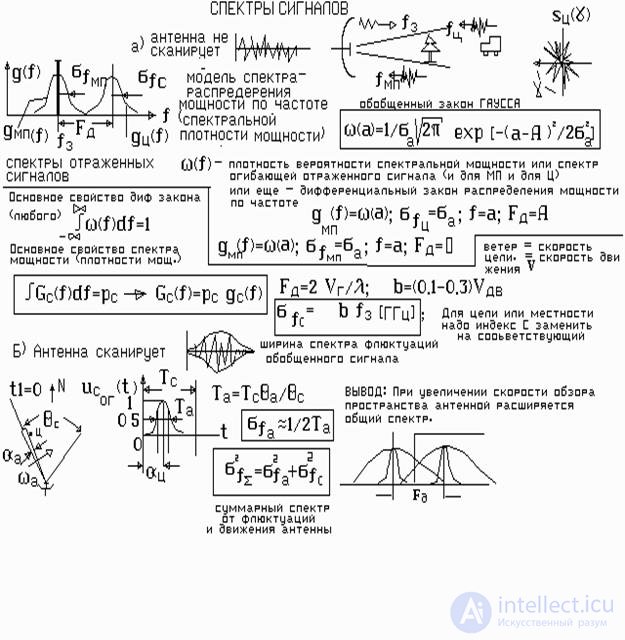
Fig. 2.2. Calculate the width of the spectra
Irradiation of a target or an arbitrary local object excites alternating microwave currents in them at the radar frequency. In addition, each element of the construction of the object begins to emit radio emission into space. Around the object, the vector summation of each radiation component occurs . If the object is a moving target, then the reflected signal acquires Doppler frequency F d. In addition, the geometric position of elementary radiating objects in space changes. The phase and amplitude of the total vector of the reflected signal changes. All this leads to amplitude and phase modulation of the reflected signal. In addition to the Doppler increment, a spectrum g ( f ) is formed.
In the centimeter wave range, the size of the object exceeds the wavelength by hundreds and even thousands of times. At the same time, the number of radiating elements can reach hundreds and thousands.
Then the reflected signal is normalized and can be in the form of a normal stationary random process with a Gaussian distribution of instantaneous values and a Rayleigh distribution of the envelope .
The same happens when the plant formation is irradiated with the wind. Although the whole formation does not move, the individual leaves and branches move under the action of the wind.
The model of a stationary random process can significantly simplify the approaches to calculating the width of the spectrum.
In fig. 2.2. shows how to calculate the Doppler frequency F d taking into account the speed of approaching the target with the radar Vr and the wavelength l .
Effective spectral width s f calculated taking into account the frequency of exposure f in GHz and the state coefficient a (for terrain) or b coefficient (for a moving target).
The result of the calculation is in hertz. Ratios a and b may have values of 0.2–4 depending on wind speed or target.
When the antenna moves in the process of searching for targets, the spectrum expands due to the additional modulation of the reflected signal by the antenna pattern. The narrower the diagram and the faster the review, the wider the spectrum. Additional spectrum s fa can be calculated. For this, it is necessary to calculate the target exposure time of the antenna T a.
The processes of formation of the spectra are independent. Therefore, when calculating the total spectrum , its components must be added in quadrature.


Comments
To leave a comment
Radio Engineering Systems
Terms: Radio Engineering Systems